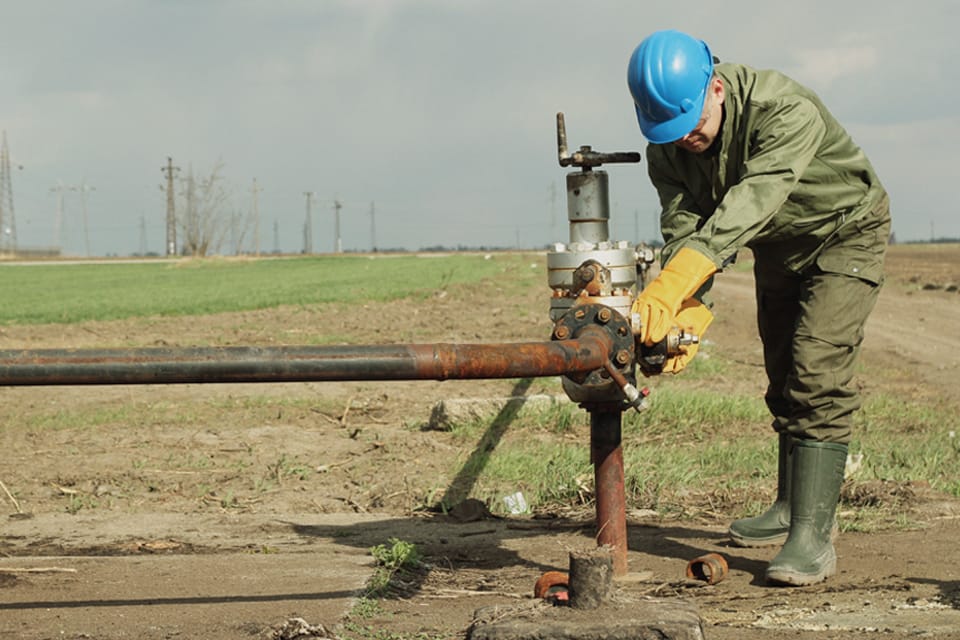
Operator Qualification: Common Covered Task List Strengthens Defensibility

In 1999, the Pipeline and Hazardous Materials Safety Administration introduced the final Operator Qualification (OQ) Rule while most of the world was preoccupied with Y2K. It required pipeline operators to develop OQ plans to qualify their workers, including contractors, on tasks that could affect the safety and integrity of pipelines.
However, managing the qualifications of thousands of workers and contractors presents many complex layers of risk for pipeline operators. To manage and mitigate this risk, operators partner with third-party vendors that provide digital solutions to increase safety in their operations.
There are many factors to consider when choosing an Operator Qualification vendor, and one important characteristic to look for is the expertise available to help you build a defensible program. In fact, one vendor with a group of experts has focused on covered tasks for over 20 years. Considering the importance of identifying covered tasks in your OQ program, this expert committee sets this operator qualification vendor apart from all the rest.
In this article, learn how Veriforce’s Common Covered Task List Committee works tirelessly to ensure companies have the best OQ programs to keep their workers safe, and operations running smoothly.
Industry Partnerships and Subject Matter Experts are Keys to Success for Your Operator Qualification Program: Common Covered Task List Steering Committee
Veriforce formed the Common Covered Task List Steering Committee in 2003. It’s a group of pipeline operators (supported by Veriforce), contractors, and industry trade associations, who collaborated to create a common covered task (CCT) list and associated evaluation criteria. We developed the CCT list and evaluation criteria by comparing and reconciling existing covered task lists and evaluation criteria, including span of control and requalification intervals, that each operator had developed or adopted individually.
SMEs reached a consensus on the applicability of evaluation criteria, including span of control and requalification intervals, and finalized each covered task and associated criteria.
All covered tasks developed by this committee included a requalification interval based on their:
- Estimate of task difficulty
- Task importance
- The potential for loss of knowledge or skill over time and/or manufacturer’s recommendations
Increasing Safety Through Span of Control and Requalification
We also established maximum span of control limits for each task, considering the difficulty, importance, and other job site factors related to that particular task.
After the original development for each task’s span of control and requalification intervals, Veriforce and the CCT committee perform gap analyses on each CCT to ensure the established intervals are still appropriate for the job. These tests determine potential gaps between the control span and requalification levels, and the CCT committee reviews and adjusts any controls or levels where B31Q was more restrictive.
The applicable span of control and requalification interval for each CCT can be found within each covered task’s evaluation record as well as the operator’s specific Covered Task List.
Continuous Evolution of the Common Covered Task List
The Common Covered Task List Committee has updated the CCT list several times over the past 20 years, and hundreds of energy and utility companies supported by Veriforce use the ever-evolving list. Furthermore, these companies can also request modifications to the CCT list. When a request is submitted, all Veriforce-supported operators are invited to weigh in and provide feedback.
SMEs review the proposed changes or new task and respond with feedback. Once all stakeholders have reviewed the proposed changes, Veriforce will issue a final document that summarizes the proposal and final action taken.
Each Pipeline Operator must consider the 4-Part test before activating a task to fit their specific operations and maintenance requirements:
- It is performed on a pipeline facility
- It is an operations or maintenance task
- It is performed as a requirement of this part
- It affects the operation or integrity of the pipeline
However, tasks that do not fully meet the 4-Part Test may be included in the common covered task list if they are sensitive tasks related to pipeline safety and integrity.
A Defensible Operator Qualification Program Requires the Best Partner in the Industry
Veriforce partners with our pipeline operator clients to maintain a common covered task list, which differentiates us from off-the-shelf options. We update the CCT list to stay current with industry best practices, making it a best-in-class list.
Having a dedicated committee to focus on the CCT list, in partnership with industry experts on the front lines, demonstrates our commitment to safety for pipeline operators, contractors, and surrounding communities.
Discover deep regulatory expertise to help you achieve an airtight Operator Qualification program that will keep your business, workers, and surrounding communities safe. Learn about our full-service implementation process, supported by Veriforce experts with real-world industry experience.
Contact us today to learn more.




